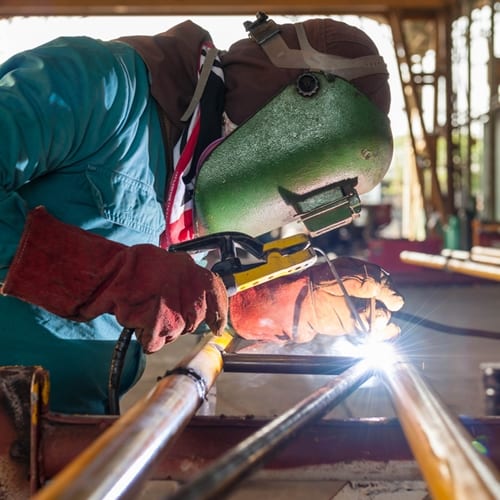Underwater welding is a job that requires careful maneuvers and the right training, as it can be a risky task performed in unpredictable environments. According to the Seattle Times, finding comprehensive training can be difficult, since only two institutions grant the highest level of accreditation for international welders in programs that cost more than $25,900 to enroll in.
Outside of the industry, some misconceptions of the dangers and necessary precautions of welding may not be well known. Consider the following three points to understand the dangers that welders often face, and the importance of marine insurance coverage.
- Electrocution: Divers working with heavy machinery underwater face the possibility of electrocution should their equipment malfunction. Fortunately, professionals can prepare before diving by using only tools with alternating current and wearing a rubber suit for insulation. Safety inspections are also essential to prevent electrocution risks.
- Embrittlement: An article in the most recent issue of Underwater Magazine looked at the ways welding projects can lead to cracking in steel. One company, Sandvik Materials Technology, is working on an electrode that will reduce risk of fracturing at these sites, from power plants to ship hulls.
- Physical health issues: Physical fitness is key to diving performance. Divers that are in better condition will be prepared for strenuous physical tasks and able to handle common underwater health concerns like the risks of the bends.
The variety of risks in this list exemplify the different conditions that pose threats to divers and their missions. Consider the maritime employers liability factors affecting your business and consult insurance providers that understand the most common risks that your employees are likely to face.

